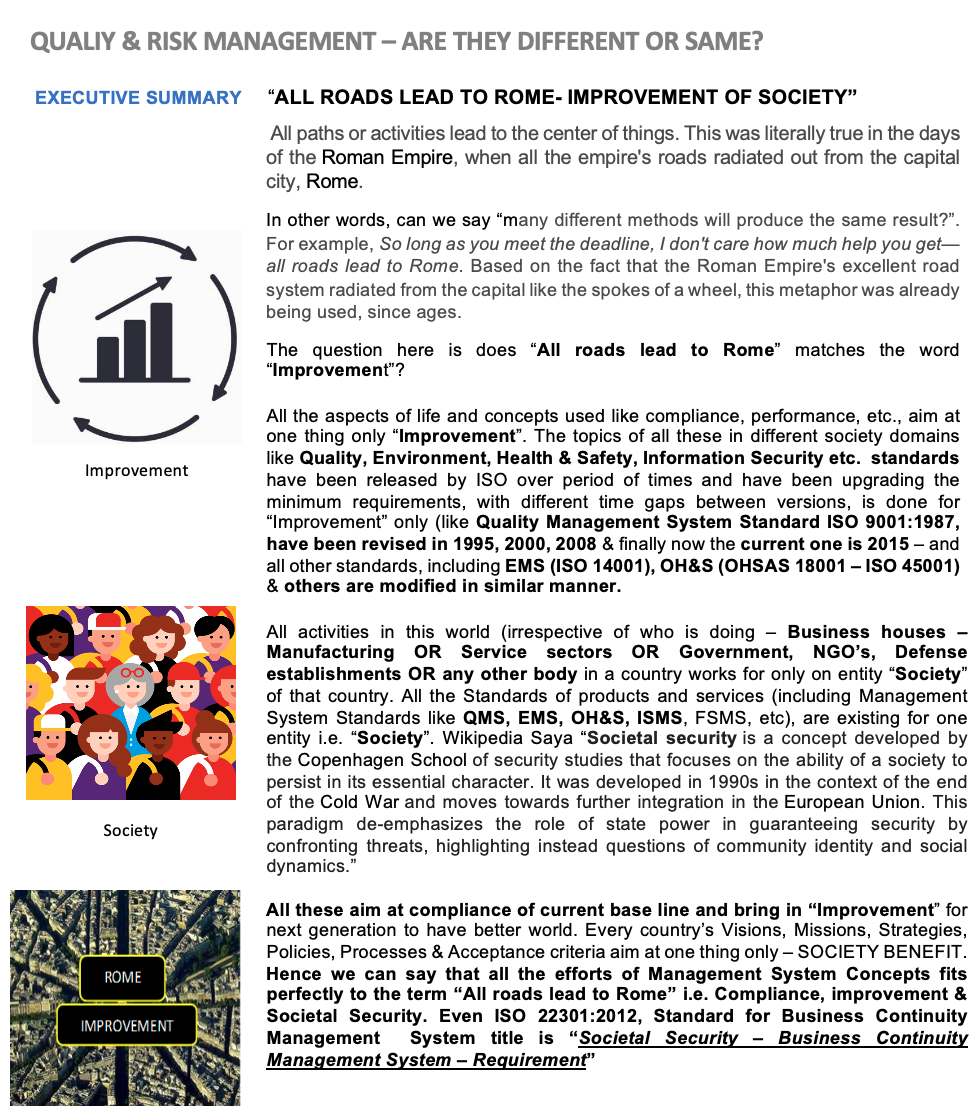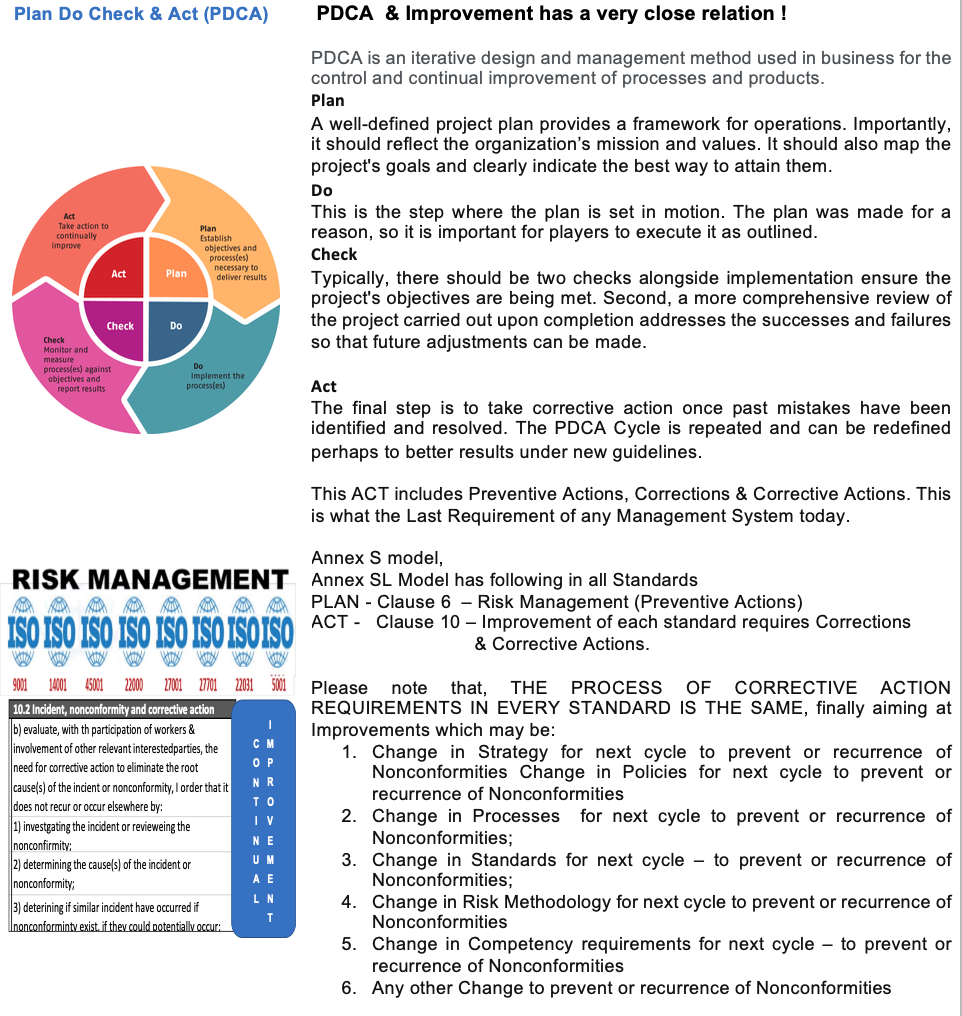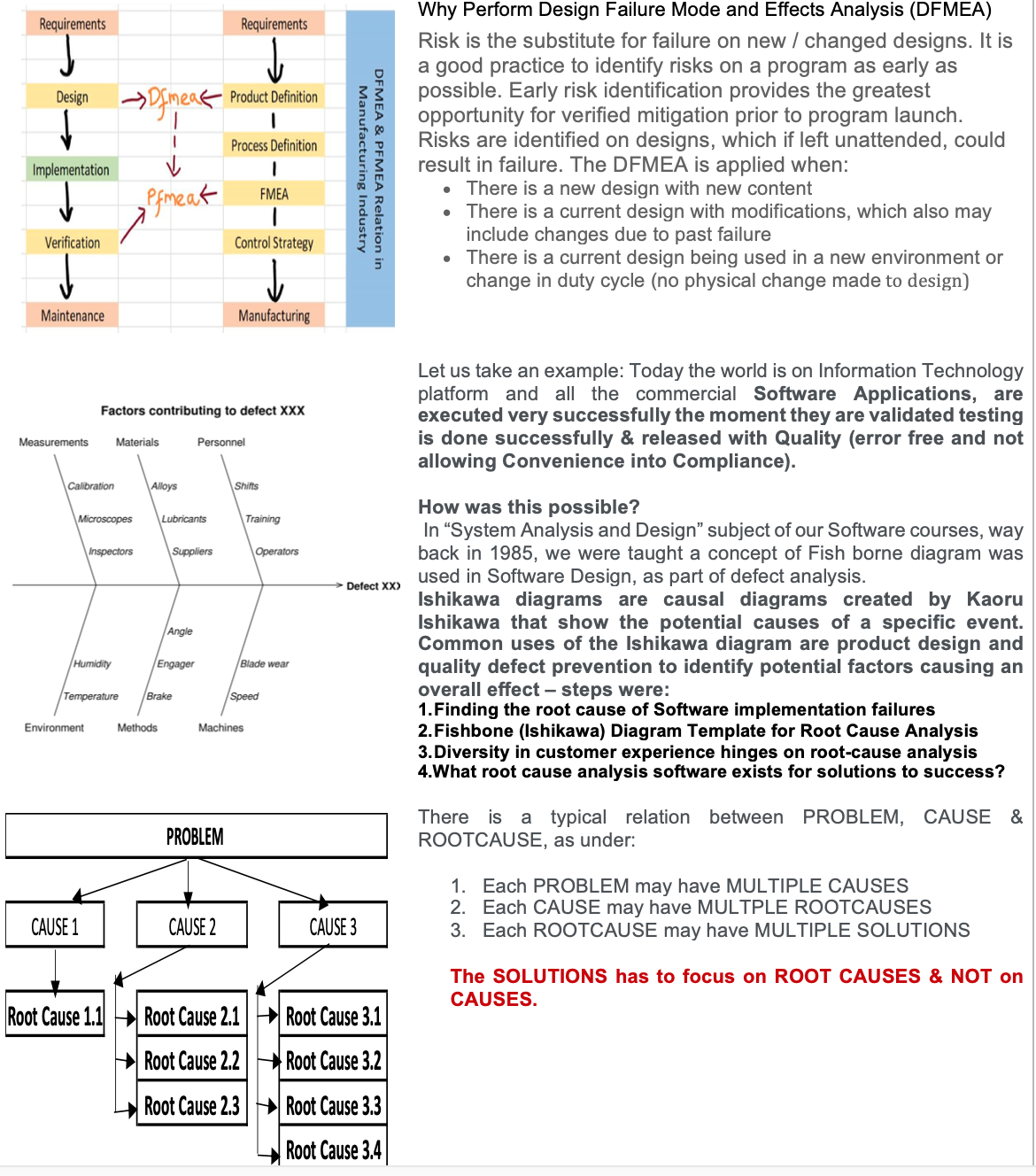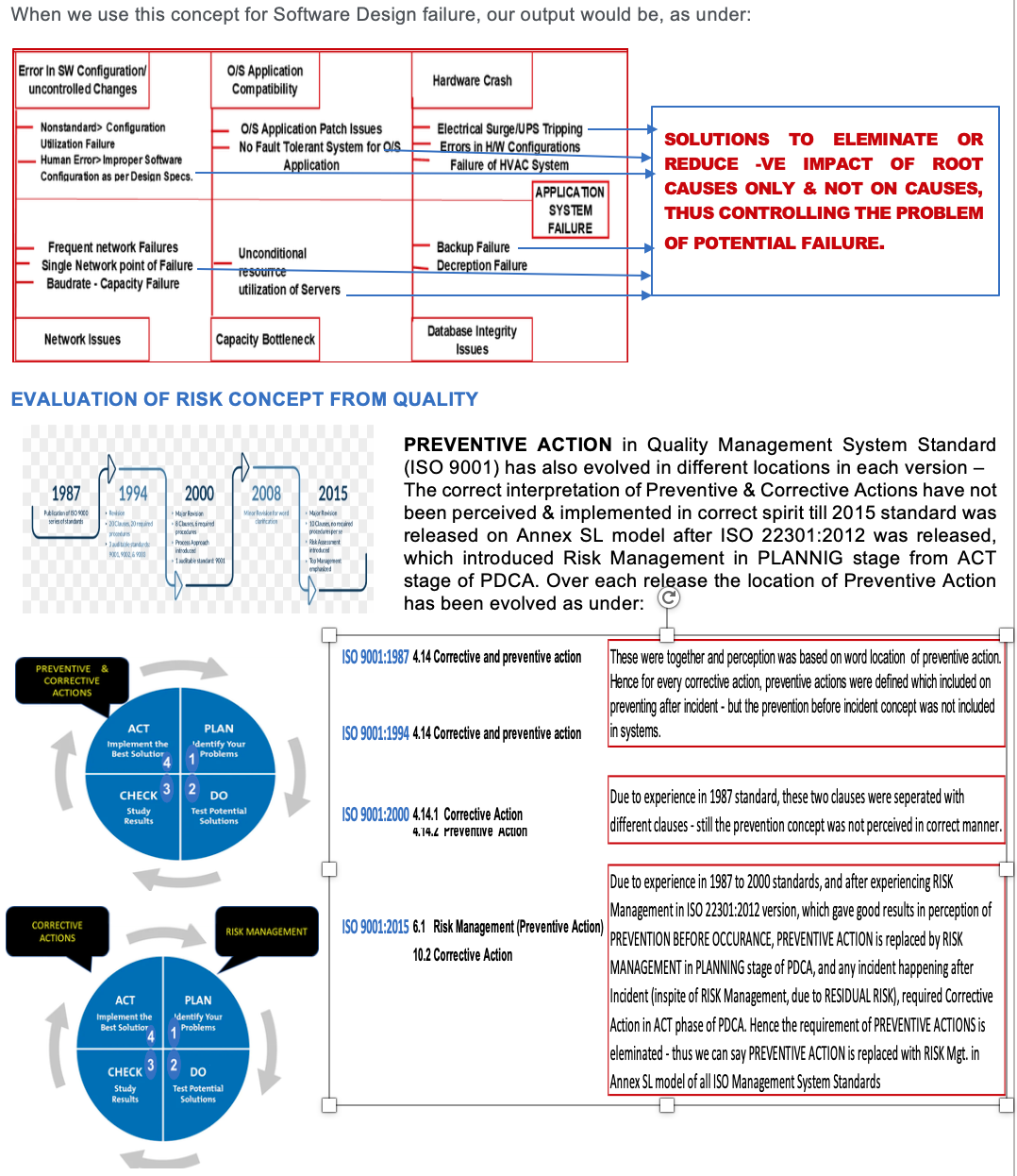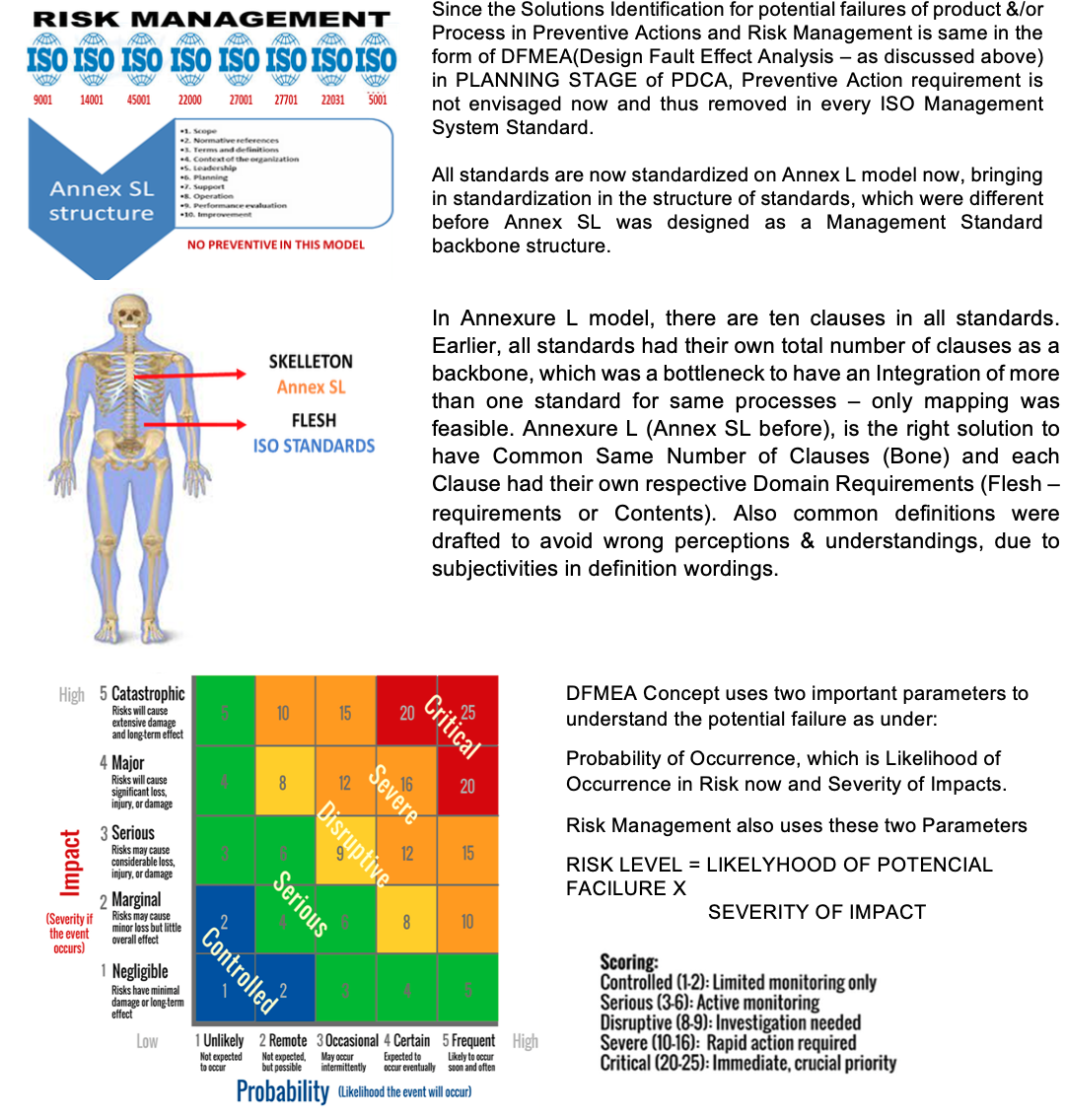 The future of automobiles is electric, but many people worry about the safety of today’s electric vehicles.
The future of automobiles is electric, but many people worry about the safety of today’s electric vehicles.
Public opinion about EV crash safety often hinges on a few high-profile fire incidents. Those safety concerns are arguably misplaced, and the actual safety of EVs is more nuanced.
I’ve researched vehicle safety for more than two decades, focusing on the biomechanics of impact injuries in motor vehicle crashes. Here’s my take on how well the current crop of EVs protects people: Continue reading



